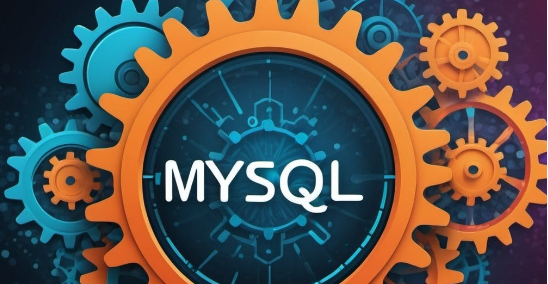As someone who’s ventured into the realm of dedicated servers USA, optimizing server performance and ensuring seamless database management is crucial. Restarting MySQL on CentOS 8 might seem daunting at first, but with the right steps, it’s a straightforward process. Here’s a step-by-step guide to restarting MySQL on CentOS 8, ensuring your database operates smoothly on your USA-based dedicated server.
Step-by-Step Restart Guide for MySQL on CentOS 8
1. Check MySQL Service Status
Use the following command to verify the health of the MySQL service after you have logged into your CentOS 8 dedicated server using SSH:systemctl status mysqld
This command displays whether MySQL is running, stopped, or encountering any issues.
2. Stop MySQL Service
If MySQL is running and needs a restart, stop the MySQL service using:
sudo systemctl stop mysqld
This command halts the MySQL service, preparing it for a restart.
3. Ensure MySQL Process Completes
MySQL might take a few moments to complete the stopping process. Check the status again to ensure the service has stopped completely:
systemctl status mysqld
Verify that the service is inactive before proceeding to the next step.
4. Restart MySQL Service
To restart MySQL on CentOS 8, initiate the service again:
sudo systemctl start mysqld
This command starts the MySQL service, ensuring the database is up and running.
5. Verify MySQL Restart
Confirm that MySQL is running without any issues by checking its status:
systemctl status mysqld
Ensure the service is active and that there are no errors reported.
6. Access MySQL to Confirm Functionality
Connect to your MySQL database to verify its functionality. Use the MySQL command-line client:
mysql -u username -p
Replace ‘username’ with your MySQL username. Enter the password when prompted to access the MySQL shell.
7. Perform a Test Query
Within the MySQL shell, execute a simple test query to ensure the database is responsive:
SELECT version();
This query retrieves the MySQL server version, confirming that MySQL is operational.
Benefits of Efficient MySQL Management on a Netherlands dedicated server
- MySQL’s speed may be improved by restarting it in the correct manner, which is essential for high-traffic websites that are hosted on a virtual private server in the United States.
- Reliability: A MySQL service that is adequately maintained will reduce the amount of downtime that your website or application experiences and will ensure that it is always available.
- Regularly restarting MySQL helps to maintain data integrity by preventing potential problems or corruption inside the database. This is accomplished by preventing potential issues from occurring.
Dedicated server Hosting Options: VSYS Host in Ukraine
While exploring dedicated server options, consider Virtual Systems in Ukraine for your hosting needs. They offer reliable dedicated server solutions with robust infrastructure, competitive pricing, and excellent support. Consider their dedicated server in Ukraine plans tailored to suit varying requirements, providing reliable hosting solutions for your online ventures.
In conclusion, to have a database that is dependable and responsive on your dedicated server in Netherlands, it is essential to administer MySQL on CentOS 8 in an effective manner. Adhering to these detailed steps will guarantee that the restart procedure goes off without a hitch, so enhancing the performance of MySQL and contributing to a hosting experience that is uninterrupted.
